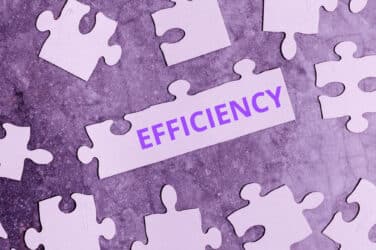
Regulators are gearing up for one of the principal phases of over-the-counter derivatives reforms—the requirement that swaps must be centrally cleared.
Last week, the U.S. Securities and Exchange Commission adopted rules that detail how clearing agencies will provide information to the SEC about security-based swaps, intended to aid the SEC in determining whether such security-based-swaps are required to be cleared.
The SEC also adopted rules requiring clearing agencies that are designated as “systemically important” to submit advance notice of changes to rules, procedures or operations, if such changes could materially affect the level of risk at those clearing agencies.
“This is an important step in laying the groundwork for the SEC’s ability to determine which security-based swap contracts are required to be cleared,” said SEC chairman Mary Schapiro.
Post-trade services are now being viewed as strategic assets in their own right by exchanges.
“Clearing and settlement has become more important to exchanges as a result of Dodd-Frank,” said Richard Bentley, vice-president of capital markets at software company Progress Software. “Exchanges want to control that part of the trade lifecycle.”
Nearly all of the major exchanges have their own clearing houses—the so-called “vertical silo” model—where trades made on the exchange are automatically channeled to a bourse’s own clearing house.
The acquisition by London Stock Exchange Group (LSEG) of a majority stake in Anglo-French clearer LCH.Clearnet is intended to bolster LCH’s ability to compete for both listed and OTC clearing services, while preserving LCH.Clearnet’s “horizontal” model. LSEG has committed to LCH.Clearnet’s principles of an open access, horizontal multi-asset class and multi-venue clearing model.
“In a vertical model, the exchange owns the clearer and will only clear its contracts on that clearer,” said Steve Grob, director of strategy at Fidessa. “In a horizontal model, on the other hand, clearing is decoupled from execution.”
Open access to clearing services is considered a linchpin of OTC reforms.
“Clearing is not only an important source of revenue for exchanges, but can also be used as an anti-competitive device,” said Bentley at Progress Software, citing as an example statements by the incumbent Brazilian exchange, BM&FBovespa, which currently holds a monopolistic grip of Brazilian markets, that it would refuse access by potential new competitors such as Direct Edge and Bats Global Trading to clerking services.
The Comissão de Valores Mobiliários (CVM), the securities market regulatory body in Brazil, last month published a study by European consulting firm Oxera Consulting on the costs and benefits of changing the competitive structure of the market for trading and post-trading services in Brazil.
The Oxera study concluded that BM&FBovespa would be likely to continue as the monopoly provider of services in Brazil, because entry by either a trading platform on its own or a trading platform with a linked central counterparty would be difficult, if not impossible, without the co-operation of Companhia Brasileira de Liquidação e Custódia, the Brazilian clearing house owned by BM&FBovespa.
“What’s inherently good about silos is you can make a lot of money if you own one, and can control open interest on your platform,” said Grob. “That’s why the vertical model doesn’t find a lot of favor with regulators.”






